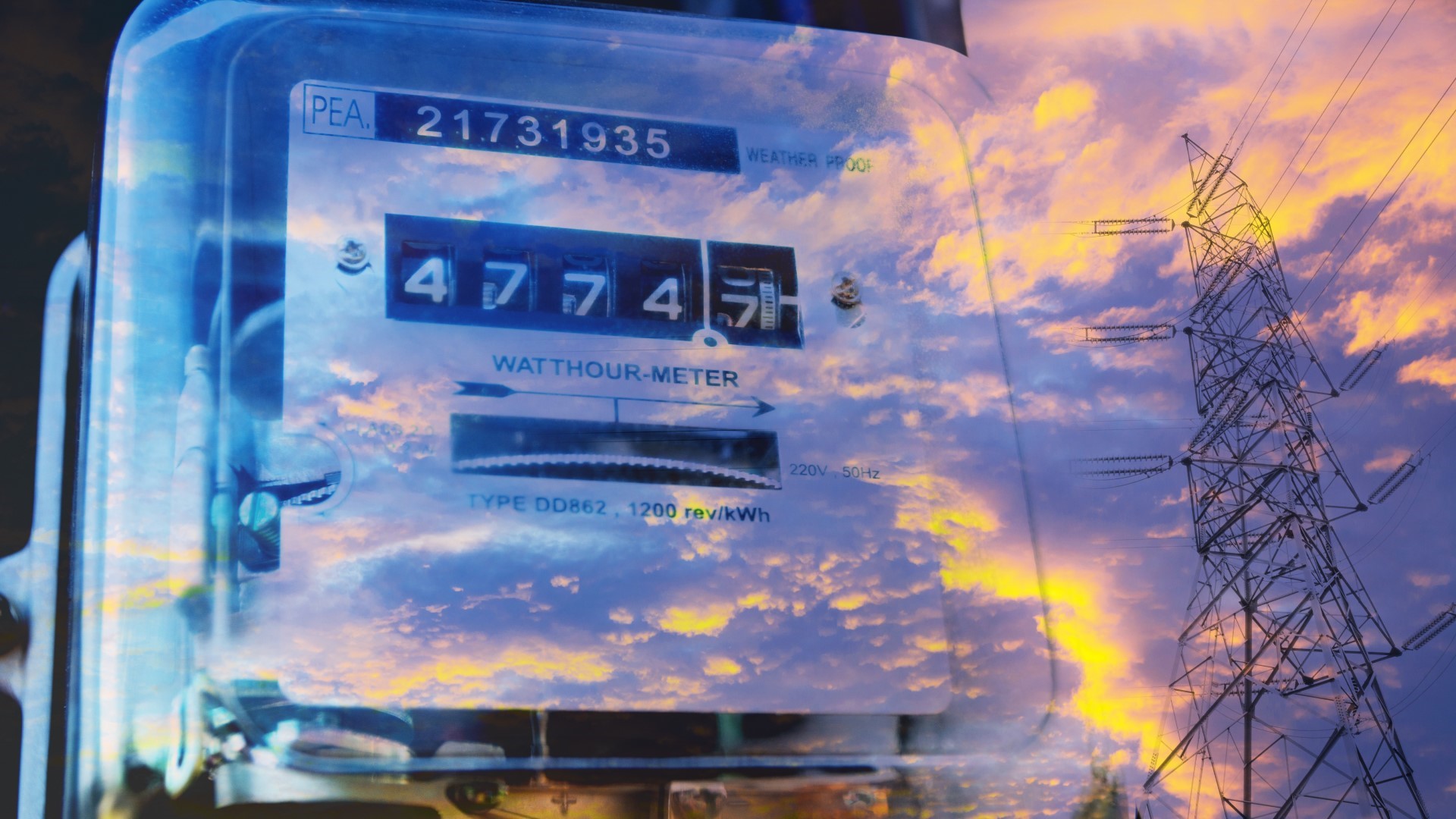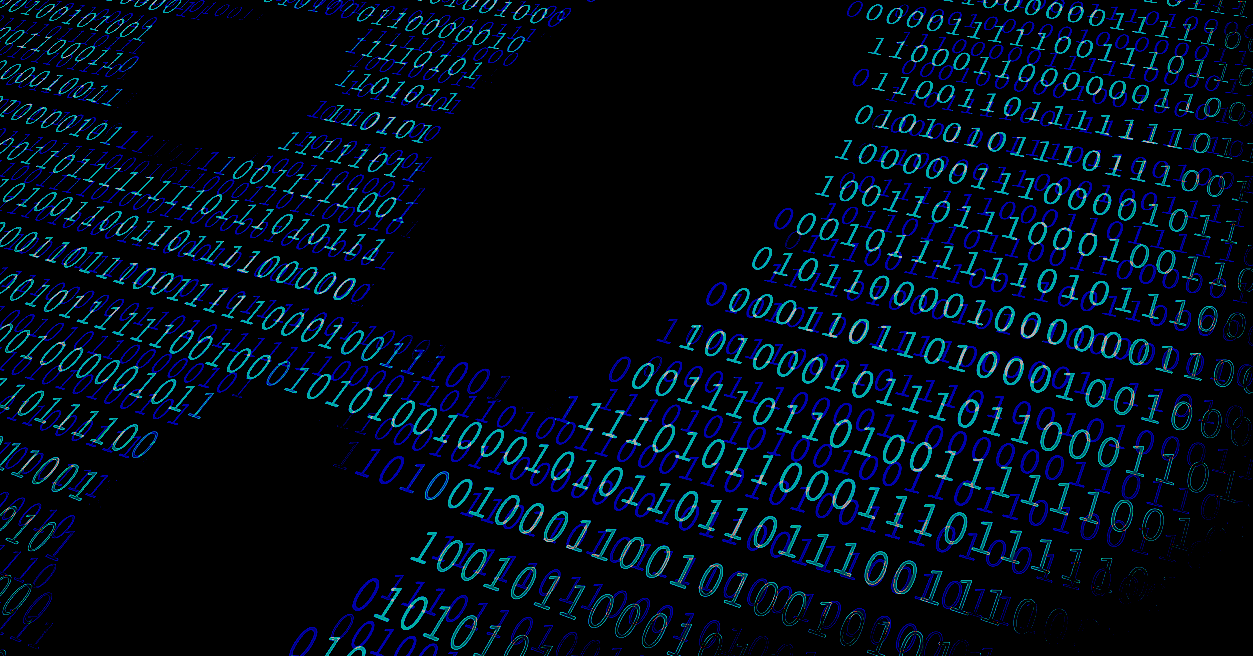Two years ago at the same time few of us were concerned about how much energy we used. Even fewer probably bothered to check how much we were spending annually. That calculus was always going to change as Western countries began the journey to carbon neutrality in earnest.
Granted, consumers will be impacted in different ways across the region, depending on the extent and type of support their governments will offer. Their situation will also be influenced by how much electricity is generated by gas-burning power stations. But whatever the particular circumstances, there will be a renewed effort this winter to find new ways to cut down on energy bills, not least because household spending on other items is also surging as inflation bites. And with electronic gadgets a significant drain on electricity, that would seem to be a natural place to start.
So here are some quick wins to help reduce your energy bills and turn the planet that little bit greener.
WFH turns up the heat
The number of connected devices in our homes has soared over recent years. There was a time when we could count only laptops and desktop PCs, smartphones and tablets among the items regularly plugged in at home. To those we can now add a huge range of smart home equipment including AI voice assistants, smart TVs and connected doorbells. It’s estimated that the average European household now has around 17 of these, rising to 20 in the US.
We’re also using them more, thanks to the emergence of the hybrid workplace. Where once our desktops might have been switched off most of the week as we worked from the office, now we might have our PC, laptop and mobile device all plugged in while we work from home (WFH) several days per week. Multiply that by additional members of the household and the costs start to add up.
RELATED READING: Don’t forget to unplug your devices before you leave for the holidays!
With inflation starting to hit home and bills on the rise across Europe, consumers in some countries are being asked by their governments to try and cut back on energy use where possible amid fears of power blackouts. Internet users are being asked to think the unthinkable.
Top tips for saving energy
Many households will be taking steps such as improving insulation and some may even invest in their own power generation via solar panels and domestic wind turbines. But for most, the quickest wins will come from adapting their use of household appliances. So what can you do to cut down the energy used by electronic devices, and save some much-needed cash in the process? Here are some ideas:
- If you’re on the hunt for new gadgets, look for energy efficient kit by checking for Energy Star accreditation and/or a good rating on the EU’s energy labelling scheme. It’s claimed that Energy Star-labelled computers use 30-65% less energy than regular machines.
- Once a laptop or mobile device is fully charged, unplug it and use the battery.
- Use laptops, rather than desktop computers, as they use less energy, according to the US government.
- Avoid screen savers on devices as these can use extra electricity.
- Activate low power “sleep” modes on devices to ensure they power down when not in use. Any slight surge in energy use needed to power up will be dwarfed by the savings made compared to continually running machines. And putting them to sleep more often could also extend their operational life.
- Even when devices are switched off, they may still be using electricity simply by being plugged in. This “vampire power” could add an estimated 5%-10% to monthly utility bills. So unplug any not in use, and you could save an estimated £65 a year in the UK. That might not seem much but multiplied out across a city the size of London, the annual savings exceed £580 million (US$658 million).
- Consider using advanced power strips that are designed to stop them from drawing power when not in use. The benefit is they also feature handy functions such as timers and activity monitors.
- Choose the smallest feasible device for streaming video, depending on the number of people watching. Game consoles are to be avoided, as they reportedly use 10 times more power than tablets or laptops. Energy Star-certified content streaming equipment could use 25–30% less energy than standard equipment.
- Switch to energy-saving mode on your TV, which dims the backlight and could help power consumption drop by a third.
- Use a smart meter to monitor how much energy is being used in the house in real time. This can help users to better understand how different appliances affect consumption. The good news is the monitors themselves use very little electricity and could end up saving you money in the long term.
At a time of geopolitical uncertainty and environmental crisis, saving money isn’t the only benefit of reducing energy consumption at home. It will also help contribute to national energy security and save the planet from extra carbon emissions. That’s something we should all be working towards.







Share Article